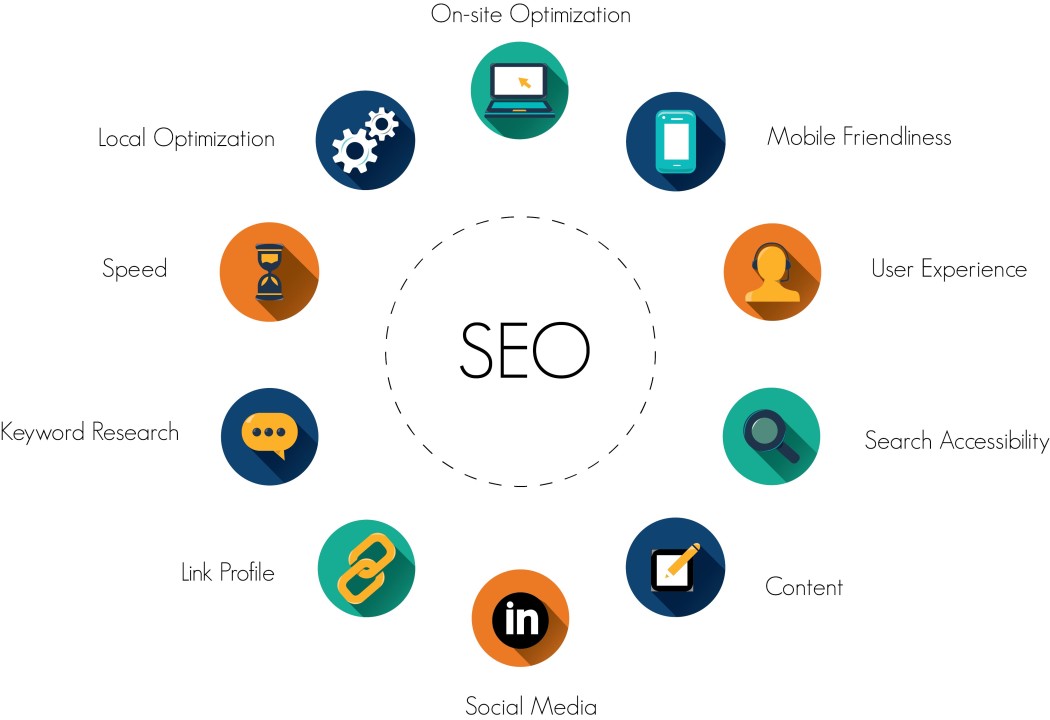Secret Elements of What Is Ruled Out a Default Medium in Google Analytics
Secret Elements of What Is Ruled Out a Default Medium in Google Analytics
Blog Article
Assuming Outside the Box: Leveraging Unconventional Mediums to Maximize Google Analytics Performance
In the realm of electronic advertising and marketing, the quest for enhanced Google Analytics efficiency has actually come to be a critical essential for businesses seeking to refine their on the internet visibility. Standard techniques typically fall brief in recording the full spectrum of client interactions and habits. By exploring non-traditional mediums as opportunities of data collection, a brand-new realm of opportunities emerges. These uncharted territories supply a wealth of untapped insights that can potentially revolutionize the way we comprehend and enhance our electronic approaches.
Distinct Data Resources

CRM systems, as an example, can supply understandings right into specific consumer communications, purchase history, and preferences, which can be incorporated with Google Analytics information to create more tailored marketing methods. Social network platforms supply useful data on user demographics, passions, and engagement metrics, enabling businesses to assess the effectiveness of their social media campaigns and maximize content for better efficiency. Email advertising and marketing information, consisting of open rates, click-through prices, and conversion metrics, can additionally be leveraged to track customer interaction and habits beyond website interactions captured by Google Analytics. By leveraging these special information sources, businesses can fine-tune their approaches, improve targeting initiatives, and enhance total Google Analytics efficiency.
Social Media Insights

Moreover, social media sites analytics devices make it possible for companies to track crucial efficiency signs, display project performance, and determine the influence of their on-line activities. Understanding the demographics of followers, identifying prominent web content motifs, and evaluating interaction levels can assist organizations customize their advertising and marketing methods for far better results.
Offline Advertising And Marketing Integration
Integrating offline advertising and marketing techniques with digital analytics can enhance general project efficiency and give a more thorough understanding of consumer actions. what is not considered a default medium in google analytics. By linking the void in between online and offline efforts, companies can track the impact of standard advertising and marketing networks such as print advertisements, TV commercials, direct-mail advertising, and events on their on the internet existence

Moreover, implementing call tracking systems for offline advertising and marketing tasks allows services to capture important data on consumer queries produced via published ads or materials (what is not considered a default medium in google analytics). By assessing telephone call data along with on-line metrics in Google Analytics, companies can obtain deeper insights into the client journey and optimize advertising and marketing methods for enhanced efficiency across all channels
IoT and Wearable Modern Technology
Using IoT and wearable technology in digital analytics can transform information collection and consumer insights for services looking for a deeper understanding of individual actions patterns. These innovative technologies offer a seamless way to gather real-time information from different touchpoints. IoT tools can track user communications with product and services, supplying useful info on usage patterns and preferences. Wearable modern technology, such as smartwatches or health and fitness trackers, can supply understandings right into individual tasks, wellness metrics, and also place data.
Gamification Strategies
The execution of gamification techniques in electronic analytics provides an innovative approach to enhancing customer involvement and driving workable insights for organizations. By integrating game-like elements such as factors, badges, leaderboards, and awards right into the analytics interface, business can inspire customers to engage much more often and meaningfully with the data.
Gamification encourages individuals to explore different functions of the analytics platform, uncovering useful understandings that might have or else gone undetected. With interactive difficulties and development monitoring, customers are incentivized to delve much deeper into the information, bring about increased time spent on the system and a greater possibility of discovering crucial fads or patterns.
Furthermore, gamification can foster a feeling of competition among Click This Link users, stimulating them to aim for greater efficiency and engagement degrees. This affordable spirit can drive boosted individual adoption rates and a more detailed utilization of the analytics devices readily available. Inevitably, by leveraging gamification approaches in electronic analytics, companies can create a much more interesting and productive environment for users, leading to even more informed decision-making and improved total performance.
Final Thought
To conclude, leveraging non-traditional tools such as special data sources, social media sites understandings, offline advertising and marketing integration, IoT and wearable technology, and gamification strategies can enhance Google Analytics efficiency. By thinking outside package and checking out these different sources of data, organizations can obtain useful understandings and improve their general advertising methods. It is necessary for firms to constantly explore new ways to collect data and examine it in order to stay ahead in the ever-evolving digital landscape.
By incorporating information from resources such as customer connection management (CRM) systems, social media systems, and e-mail advertising and marketing campaigns, organizations can get a much more extensive understanding of their target market behavior and involvement patterns. Social media systems use valuable information on customer demographics, rate of interests, and involvement metrics, permitting organizations to assess the effectiveness of their social media campaigns and enhance web content for much better performance. By leveraging these distinct data resources, organizations can improve their approaches, improve targeting initiatives, and improve overall Google Analytics efficiency.
Exploring social media insights can provide companies with useful data next on customer demographics, passions, and engagement metrics, allowing for informed decision-making and strategic optimization of advertising and marketing initiatives. By believing outside the box and exploring these different resources of data, businesses can obtain important understandings and enhance their total marketing techniques.
Report this page